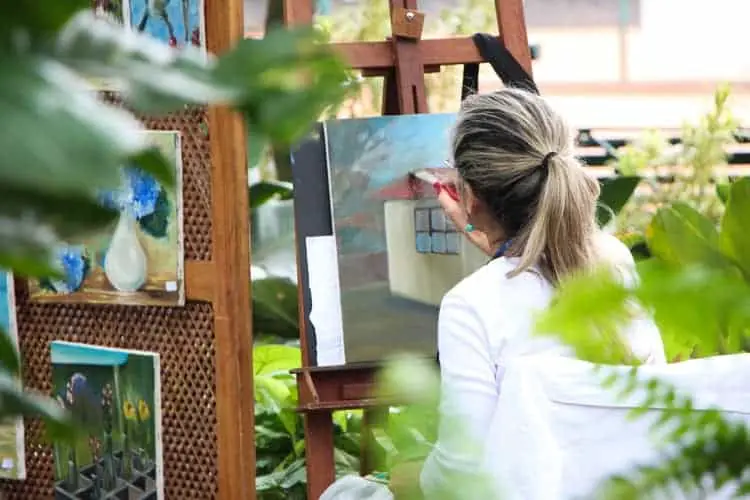
You may not know it, but when you buy produce at your local supermarket, it can be anywhere from a couple of weeks to a couple of months old. One of the best ways to ensure that you’re eating fresh, nutritious fruits, herb and vegetables, is by growing them yourself in your home or garden. Here are some tips on how you can design an edible garden to provide your family with affordable and delicious produce.
How to Pick Your Plants
While the types of plants that you choose to grow will depend primarily on personal preference, you should also consider climate, sunlight, and rainfall in your particular area. You can refer to the USDA Plant Hardiness Zone Map to help determine which fruits and vegetables will grow best in your garden. You can also talk to experts at your local nursery to find out more about native species in your area. Edible plants that grow well across the U.S. include:
- Herbs: Most herb species are hardy plants that are able to grow within a wide temperature range. They don’t need a lot of light, so it’s easy to grow them indoors.
- Tomatoes: Tomatoes grow well during the summer months in most climate zones. They do, however, require plenty of water to thrive.
- Potatoes: This robust plant can withstand most weather conditions and is notoriously easy to plant and grow.
- Onions: It’s easy to grow onions, shallots, and other members of the allium family, but they can’t be planted next to beans, peas, and certain other plants.
When to Sow Your Seeds
Most fruits and vegetables aren’t able to grow year-round. Plants such as tomatoes need warm weather and plenty of sun to survive, while those such as beets and broccoli grow better during the cooler season. You should plant your seedlings according to when they’ll grow best in your climate zone. You should also consider which plants will suffer damage from frost so that you can transfer them to an indoor setup in the winter.
How to Optimize Your Space
It’s possible to build an edible garden even if you’re short on outdoor space. Many fruits and vegetables thrive in pots and planter boxes, which can be placed on any patio or balcony that receives enough sunlight. You can even double up on some of your garden tasks – if you’re replacing part of your guttering during routine maintenance, the broken segment makes the ideal container for a planter. But if you choose to plant directly in the ground, raised beds can help you to give your plants more space to grow while also improving drainage. When planting in rows, make sure that seedlings are spaced far enough apart that your adult plants won’t be competing for sunlight and nutrients.
An edible garden can provide you and your family with fresh, delicious produce year-round. By picking the right plants for your region, creating a planting calendar, and being smart about space, you can design your very own edible garden just steps away from your kitchen.
